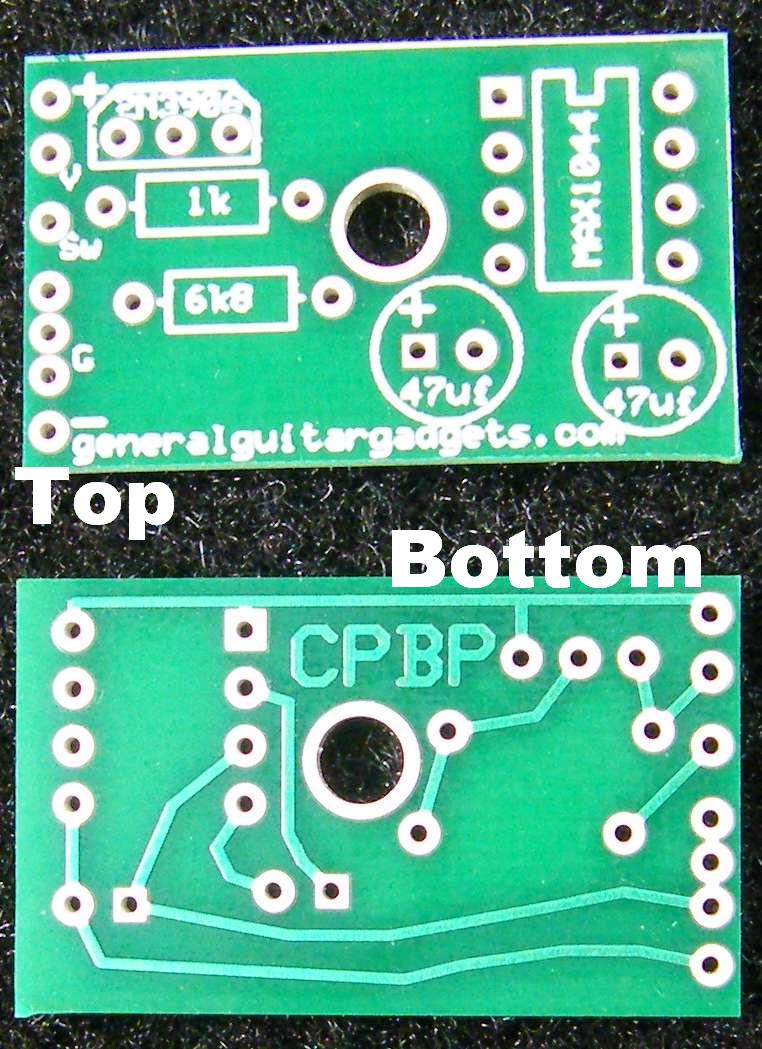I can't say I've seen a fuzz with a relay bypass either, but thats likely due more to the fact that...well...
A fuzz was one of the first guitar effects ever produced: the fuzz face in particular. It's also a circuit that, looking back, had some design choices that folks today likely wouldn't have made. That said, it was used on a ton of recordings and has developed a certain mystique, so much so that certain folks will pay top dollar for versions with all the correct "mojo" components.
Relays are like...what's that? That's not in a fuzz face. *Throws holy water*.THE POWER OF CHRIST COMPELS YOU.
My understanding is, if you're already using a charge pump to invert the voltage, there's no harm in adding a relay bypass on the negative ground side.
The problem arises when one tries to use a unipolar power supply to feed both positive and negative ground circuits. Voltage is a difference in electrical "pressure", and "ground" is just a (largely arbitrary) reference point.
We generally want ground to be, for lack of a better word, "solid". Unmoving. Using both ends of a unipolar power supply for "ground" works against that purpose, and the result is noise.
By creating a bipolar power supply, you now have two separate power supplies, opposite each other, with a common ground at their center point. You can use the resulting power supply as a unipolar 18vdc, or as a bipolar 9vdc.


